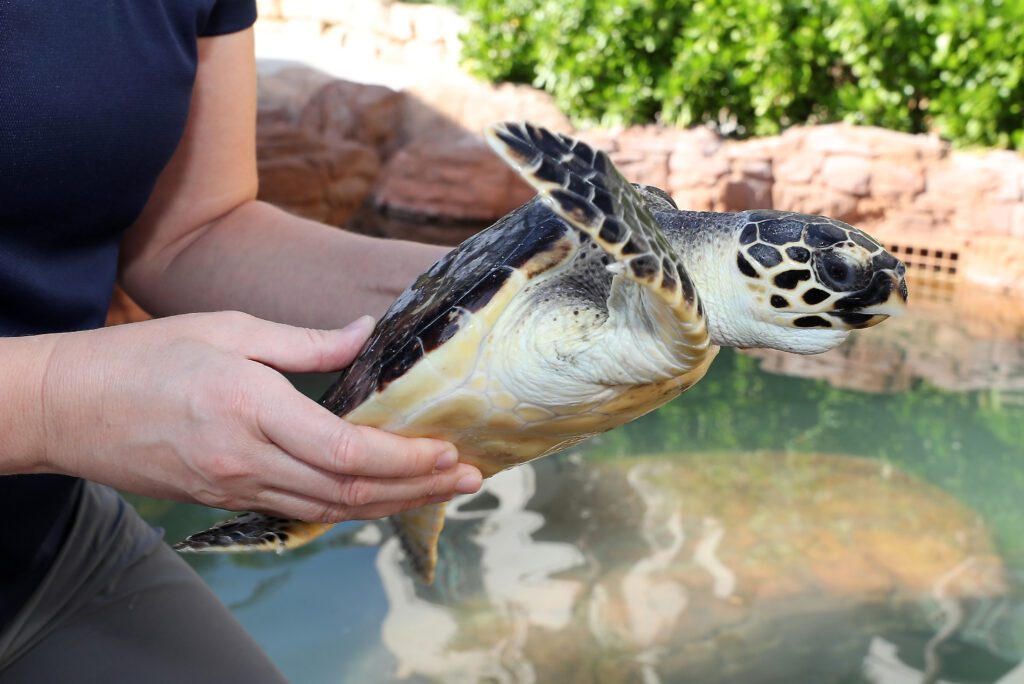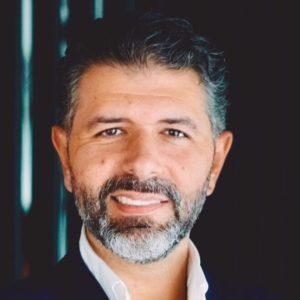In the vast deserts, sparkling coastlines, and rich mangrove forests of the UAE, a quiet revolution is taking place. Women are at the forefront, leading daring wildlife rescue missions and working tirelessly to protect the country’s diverse ecosystems. With a deep love for the natural world and unwavering courage, these women are proving that saving wildlife is not just a passion but a powerful calling.
A New Generation of Rescuers
Wildlife rescue in the UAE was once seen as a field dominated by men, but that narrative is rapidly changing. Today, women are stepping into roles as veterinarians, conservationists, field officers, and rescue mission leaders. Organizations such as Emirates Nature-WWF and the Abu Dhabi Environment Agency have witnessed a surge in female participation, with women making up a significant part of field operations.
These women are not just assisting from behind the scenes; they are actively leading missions to rescue injured hawksbill turtles, relocate desert foxes, and rehabilitate endangered houbara bustards. Their work requires not only scientific knowledge but also immense physical and emotional strength.

Facing Challenges with Grace
Wildlife rescue missions are rarely straightforward. Field conditions can be harsh, and working with wild animals is unpredictable and often dangerous. Add to this the challenges of navigating remote terrains in extreme weather, and it’s clear that the job demands a special kind of grit.
Sara Al Mazrouei, one of the UAE’s youngest field conservationists, recalls her first solo rescue of a stranded dugong off the Abu Dhabi coast. “It was both terrifying and exhilarating,” she says. “I realized that to save these animals, you must be ready to step out of your comfort zone every single day.”

Many women have shared similar experiences of facing their fears and pushing past traditional expectations. Their perseverance is inspiring a new generation of young girls to dream beyond boundaries.
Behind Every Rescue, A Bigger Mission
For these women, rescuing animals is not just about individual missions. It’s part of a much larger goal: preserving the UAE’s natural heritage for future generations. As urban development continues to expand, natural habitats are under increasing threat. Every rescued turtle, every rehabilitated bird, every relocated fox plays a part in maintaining the fragile balance of these ecosystems.
Organizations like the Dubai Desert Conservation Reserve have seen female biologists and researchers take the lead in long-term projects aimed at protecting desert species. They are tracking migration patterns, studying breeding habits, and implementing conservation strategies that ensure animals can continue to thrive in their natural habitats.
Stories That Inspire
Noura Al Hammadi, a marine biologist with Emirates Nature-WWF, has become something of a local hero for her work in protecting sea turtles along the UAE’s beaches. Noura leads patrols during nesting season, rescues turtles caught in fishing nets, and educates communities about marine conservation.
“I grew up loving the ocean,” she says. “Now, every life we save reminds me why I chose this path.”
Similarly, Dr. Ranya Saeed, a veterinarian specializing in wildlife rehabilitation, spends her days nursing injured falcons, gazelles, and even Arabian oryx back to health at the Abu Dhabi Falcon Hospital. Her work not only saves lives but also supports the cultural legacy of falconry, an integral part of Emirati heritage.
Both women often share their experiences through talks, school visits, and public campaigns, emphasizing the importance of coexistence with wildlife.
The Power of Community Support
One of the most remarkable aspects of this movement is the sense of community among female rescuers. Through workshops, seminars, and volunteer programs organized by groups like Wildlife Rescue UAE, women across the country are finding mentorship, training, and solidarity.
Young volunteers are trained in everything from first aid for animals to sustainable tracking methods. The community approach ensures that wildlife rescue is not seen as a job for a few, but a shared responsibility.
“There’s a sisterhood here,” says Fatima Bin Khalid, a volunteer coordinator. “We lift each other up, and we lift the animals up with us.”
Looking Ahead

As awareness grows, so too does the opportunity for more women to join wildlife conservation efforts. Universities in the UAE are introducing specialized programs in environmental science, veterinary medicine, and ecology. Internship opportunities with leading conservation organizations are also expanding, many of them encouraging female participation.
Visionary leadership at institutions like the Abu Dhabi Environment Agency is setting clear goals for increasing female representation in field roles over the next decade. And with continued public support, the future of wildlife rescue in the UAE looks not only promising but transformative.
The women leading the UAE’s wildlife rescue missions are more than just protectors of animals. They are role models, educators, and champions of a sustainable future. Through their bravery, passion, and unbreakable spirit, they are writing a new story—one where nature’s survival and women’s empowerment go hand in hand.
Read More: Inside UAE’s Tiny House Movement














